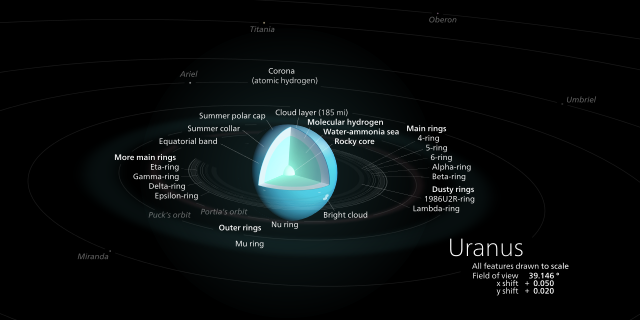13 Interesting Facts About Uranus for Kids (2024 Updated!)
Uranus is the coldest planet in the solar system and quite possibly one of the coolest! It is an ice giant consisting of methane, water, and ammonia, and, as you’ve probably guessed, has the lowest temperature of all the planets in the solar system.
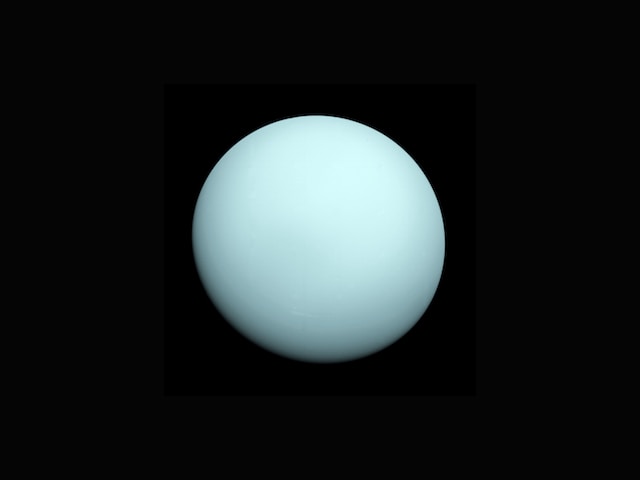
Unlike the other ice giant in the solar system, Neptune, the naked eye can see Uranus. Now, let’s take a closer look at more interesting facts about Uranus!
Who Discovered Uranus, and When?
Before this planet was formally discovered and recognized as a planet, many astronomers and observers had seen it several times. One of the earliest astronomers, Hipparchos, observed this planet and wrote about it as a star in his star catalog in 128 BC. Many centuries later, John Flamsteed saw Uranus over 5 times in 1690, and Pierre Charles Le Monnier saw it around 4 times between 1750 and 1769.
Eventually, Sir William Herschel saw Uranus in March 1781! He was in his garden in Bath, England, and originally thought that he was viewing a comet. After continually observing what he thought was a comet, Herschel and other astronomers studied Uranus further and concluded in 1783 that it was, in fact, a planet!
How Did Uranus Get Its Name?
Uranus was named after the Greek god of the skies, Uranus. Unlike Mars, Venus, and Jupiter, which were named after Roman gods, Uranus is the only planet in the solar system to be named after a Greek deity.
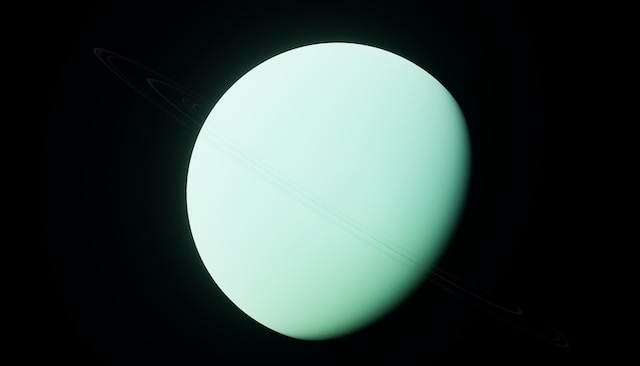
When Sir William Herschel was asked to name the planet, he originally wanted to call it Georgium Sidus, meaning George’s Star, after King George III. However, this name wasn’t very popular outside of England, and many astronomers suggested various other names. Later on, Johann Elert Bode suggested the name Uranus, which ended up sticking!
Why Is Uranus Called the Cold Planet?
Uranus is called a cold planet for two reasons. One, this planet lacks any internal heat! The second reason is that Uranus is extremely tilted on its axis, which means that the seasons that this planet experiences vary in temperature.
Uranus is tilted on its axis because an asteroid hit it hundreds of years ago. The asteroid that knocked the planet onto its side caused it to lose some of its heat, which explains why the planet is so cold!
The average temperature on Uranus is -320°F, or -195°C.
10 Fun Facts About Uranus
Now, let’s take a closer look at some interesting facts about Uranus.
1. Uranus takes 84 years to complete an orbit around the sun.
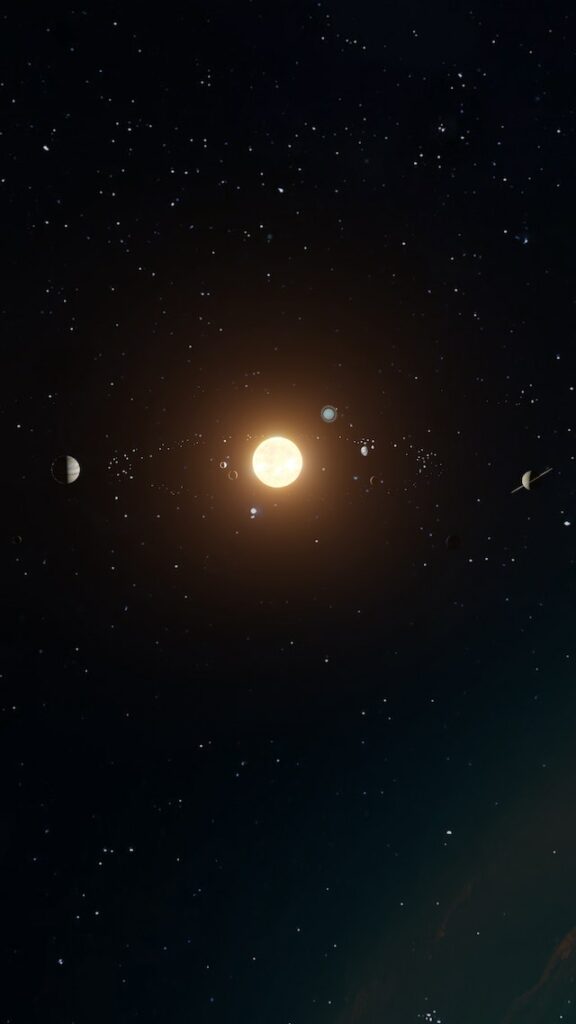
It takes 84 years for Uranus to complete a single orbit around the sun because of how the planet is tilted on its axis. While the Earth is titled at 23.4 degrees, Uranus is titled at 98 degrees, causing its orbit to be so slow.
2. Uranus experiences darkness for half its orbit.
As you’ve learned by now, Uranus has a 98-degree tilt. This axial tilt causes the planet to experience extreme changes in weather. For half the year, its North Pole is tilted away from the sun, causing its northern hemisphere to be completely dark, while its Southern hemisphere is constantly exposed to light.
3. Uranus is one of the least dense planets in the solar system.
Uranus lacks so much density that if there was a pool that was 60,000 kilometers wide, it would float in it very easily! This also means that if it were possible to actually stand on the surface of this planet, you would only experience 89% of its gravitational force.
4. Its atmosphere contains ice.
Researchers have confirmed that combination of methane, ammonia, carbon monoxide, and carbon dioxide scattered throughout the layers of Uranus’ atmosphere and its cold state indicates that there are ice particules in its atmosphere!
5. Uranus also has rings.
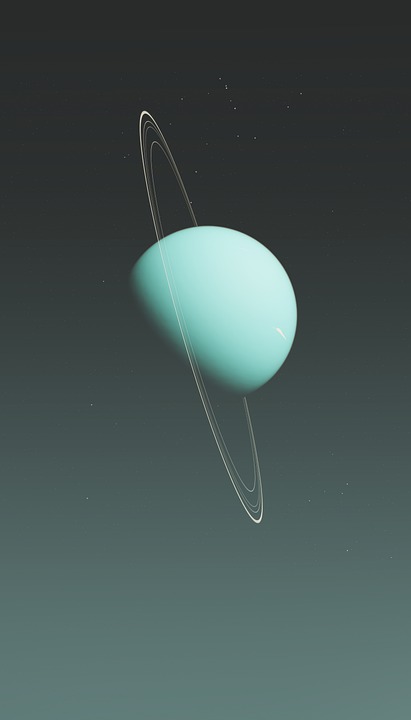
When we think of planets that have rings, Saturn is the one that usually comes to mind first. But did you know that Uranus also has its own ring system? The reason that this planet’s rings are not easily visible is because they consist of very dark particles. These particles are also extremely small, unlike the particles that make up Saturn’s rings. Many believe that these rings weren’t formed when Uranus did, but are probably made up of shattered moons.
6. Humans can look at Uranus without any equipment.
Of course, you’d need to observe the sky on a very clear night! Uranus is one of the brightest planets, making it the easiest to observe. Its bright colour and location have made it an easy planet to look at! In fact, the fact that it’s so bright and easy to view is what made astronomers think that they were looking at a comet or star.
7. Uranus has not been visited yet.
Even thought the Voyager 2 has gone close to Uranus and taken thousands of photographs of it, the spacecraft didn’t officially visit Uranus on a designated voyage. There was a plan to send the Cassini spacecraft to Uranus in 2009, but that plan never materialized. This is because it would take around 20 years for any spacecraft to visit Uranus once it crosses Saturn.
8. Uranus has 27 moons.
Astronomy has taught us that Uranus has 27 moons that we know of. Some of them are named after Shakespearean characters, while others are named after Alexander Pope’s characters. Uranus’ five main moons are Oberon, Ariel, Miranda, Titania, and Umbriel.
9. Uranus’ diameter is 25,362 km.
This planet’s diameter is so much wider than the Earth’s, which means that you could potentially fit 63 Earths inside one Uranus!
10. Uranus takes 17 hours to rotate once on its axis.
If you had to spend a day on Uranus, it would only take 17 hours and 14 minutes. However, if you had to live on Uranus, you’d probably only celebrate your birthday once, since the planet takes 84 years to complete a single orbit of the sun!
Conclusion
Uranus is another planet in the solar system that is a ton of fun to learn about! From the fact that it has got ice in its atmosphere to the number of years it takes to complete an orbit around the sun, Uranus will always be an interesting planet to research. In this article, we took you through a list of facts about Uranus, and we hope that our short list of trivia pushes you to continue reading about the wonders of outer space.

